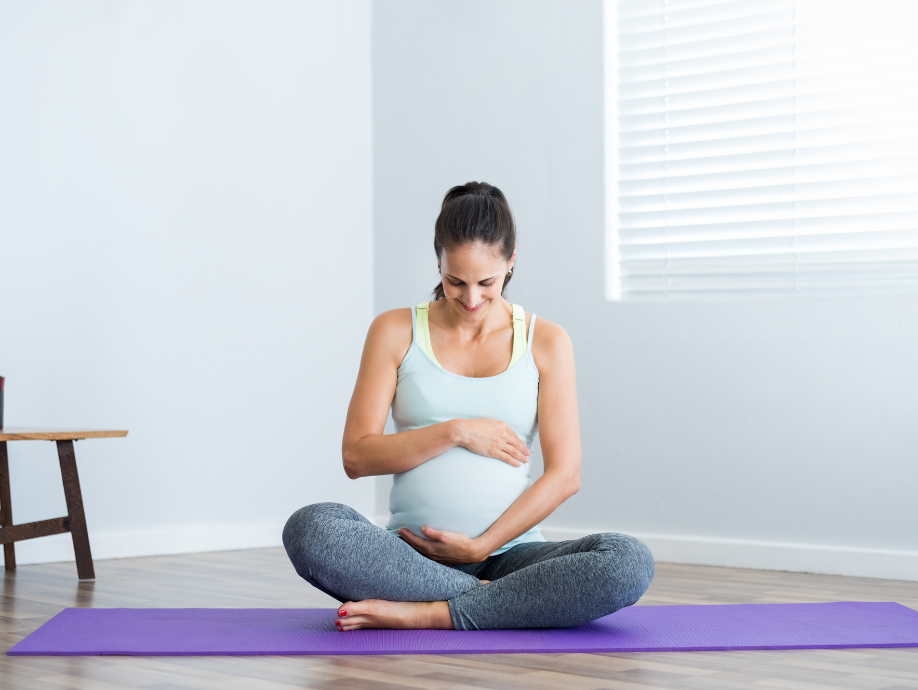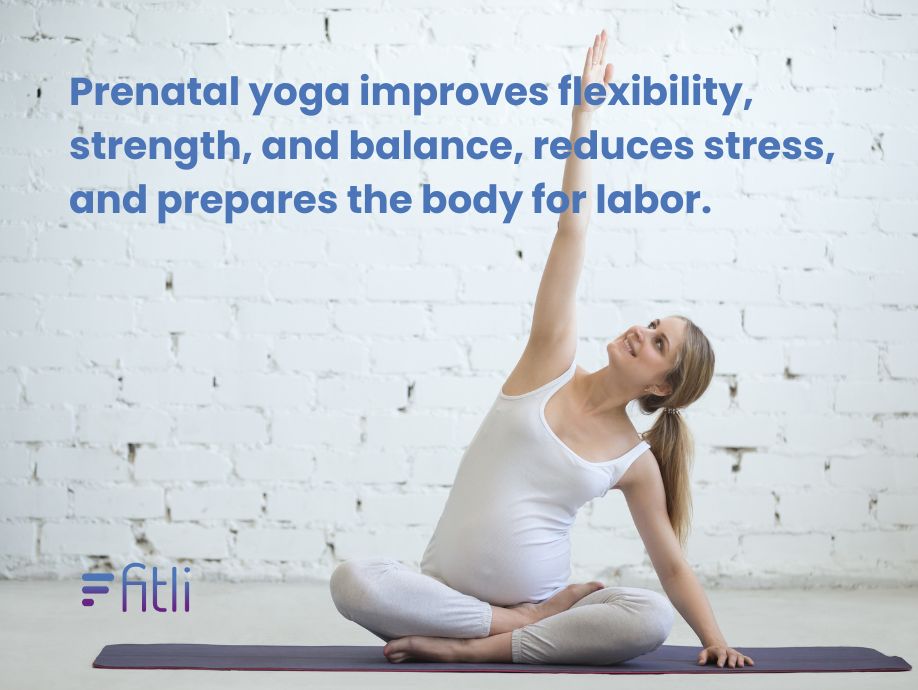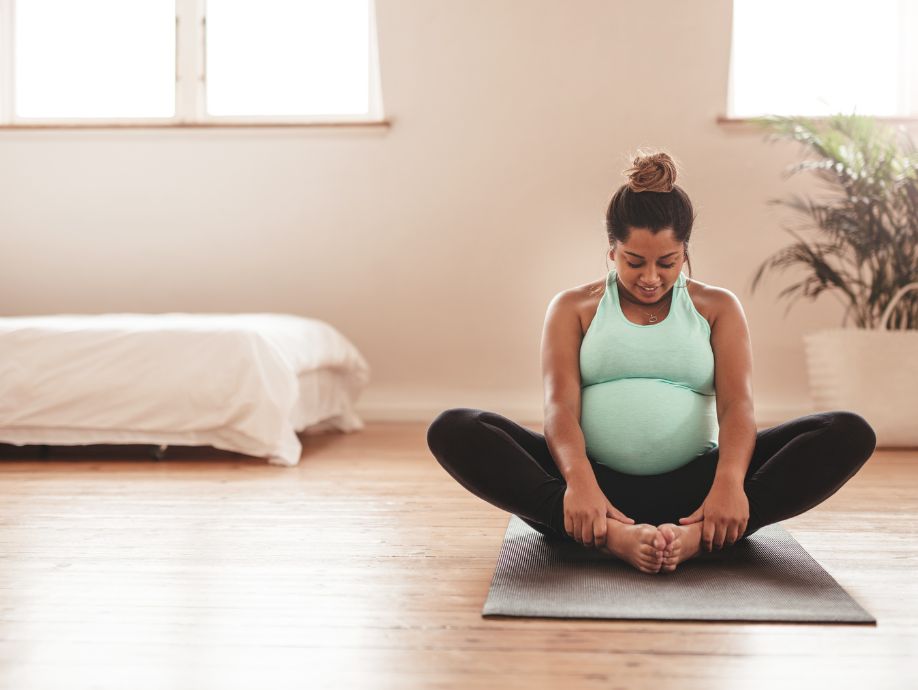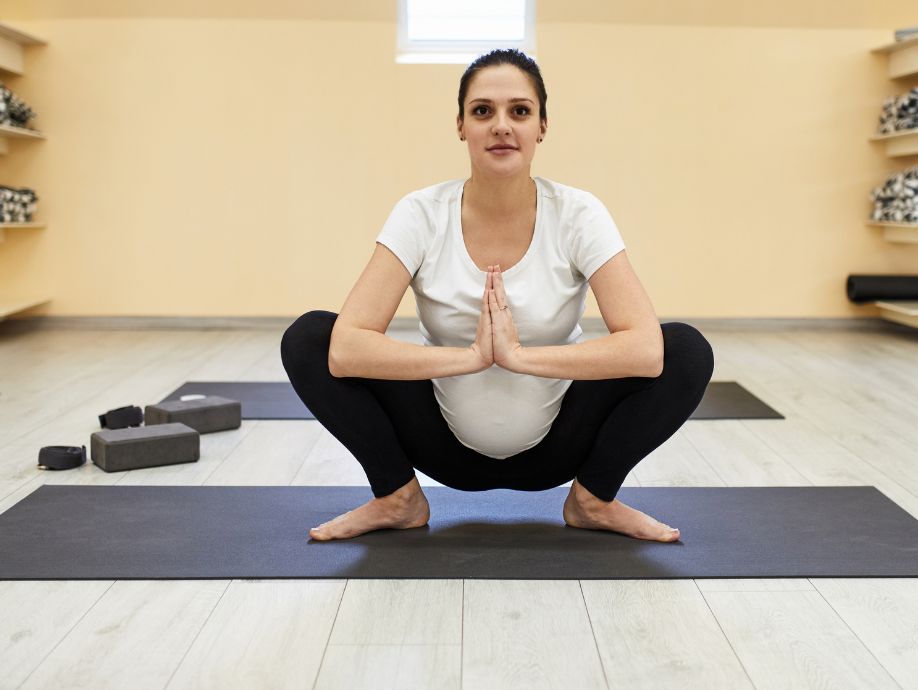If you’re considering offering prenatal yoga workout classes in your yoga studio, there are a few things you should keep in mind to create value and a safe experience for your clients.
As a yoga instructor, you need to focus on a mix of specific techniques of asana, breathing, and relaxation exercises to lead your clients to self-awareness, flexibility, mental balance, and physical strength.
There is a tremendous increase in the number of women who want to stay fit while pregnant. After all, a prenatal yoga workout routine reduces stress, helps bond with the baby, and strengthens pelvic muscles. You’ll need a prenatal yoga certification for conducting classes at your yoga studio. Before you get started, here are a few things you need to know.
Why is prenatal yoga so popular?
- Ensure client’s consultation with a healthcare professional
- Certified instructors
- Create a comfortable environment
- Don’t completely exclude twists
- Concentrate on oblique muscles
- Avoid inversions and prone poses
- Attempt Savasana from a side position
- Hip openers should be a focus point
- Breathing exercises matter
- Remember squats
- Incorporate props












